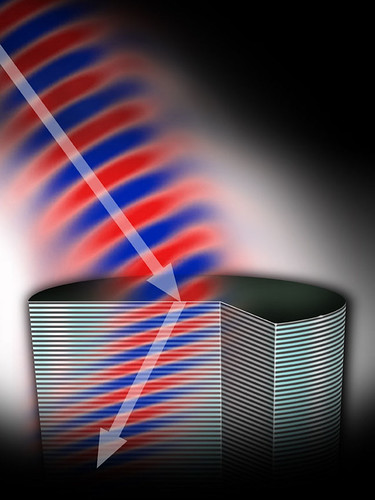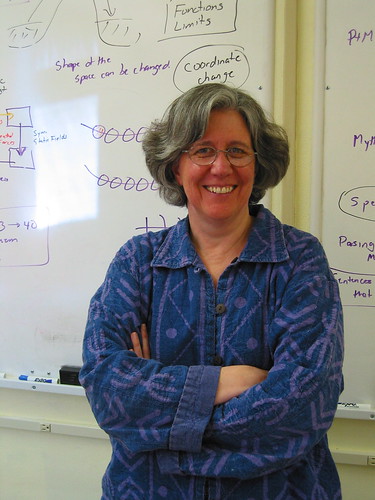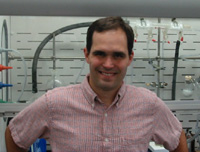New Material Bends Light “Wrong Way,” Opens Optical Possibilities
Media Contact: David Stauth, 541-737-0787
CORVALLIS, Ore. – The development of a new type of composite material that can bend light the “wrong way” is moving researchers another step closer toward creation of functional devices that could have a wide range of important optical and electronic applications.
Scientists at Oregon State University, Princeton University and Alcatel-Lucent have created the first “negative index” material that could be producible in bulk form and still have the capability to bend infrared light the opposite direction of any natural material.
“We were able to use existing technology that’s available for producing semiconductors to create this material, which is a multi-layered structure composed from reflective and transparent layers,” said Viktor Podolskiy, an OSU assistant professor of physics.
The advance was recently reported in a professional journal, Nature Materials.
Negative refraction of light, considered just a scientific theory until a few years ago, is the ability of a material to bend light in the opposite direction of any material found so far in the natural world. It’s a concept of considerable interest and importance in the optics research community, especially since the creation in recent years of some materials that could actually do this.
The new material, however, is the first negative refraction material that could be created in a comparatively thick form and used for broader practical applications at infrared frequencies.
The material might be of use to shrink the size of infrared optical systems. With further development it might lead the way to a working super lens, which could have an extraordinary level of resolution and be able to “see” things the size of a nanometer – keeping in mind that a human hair is 100,000 nanometers wide. It could also be used to construct “photonic funnels” – the waveguides that would connect telecom fibers to nanometer-sized molecules or quantum dots.
Such optical components could be of importance in machine vision systems, electronics manufacturing, data storage, or medical systems. The new material might also have applications in optical computing, which could be the new frontier of computers that are limited only by the speed of light, not the movement of electrons.
In theory, this type of technology might even be able to make things appear invisible – although for the time being this would be mostly just a scientific curiosity, not the Romulan “cloaking device” of Star Trek fame.
OSU researchers will continue work on the materials and the full range of possible applications they may allow, Podolskiy said.
Here’s the article in Nature Materials.
(photo by Keith Drake)








